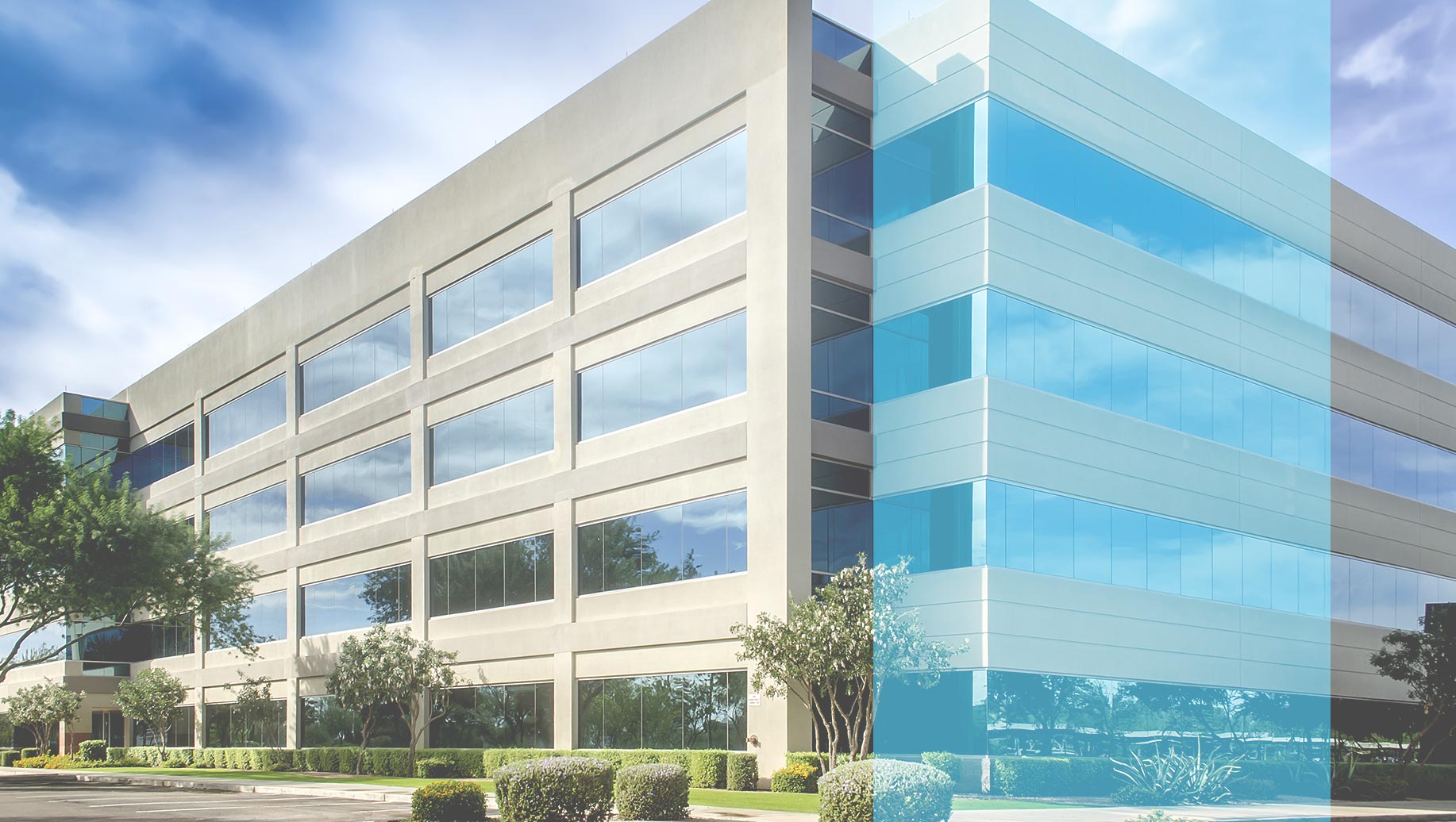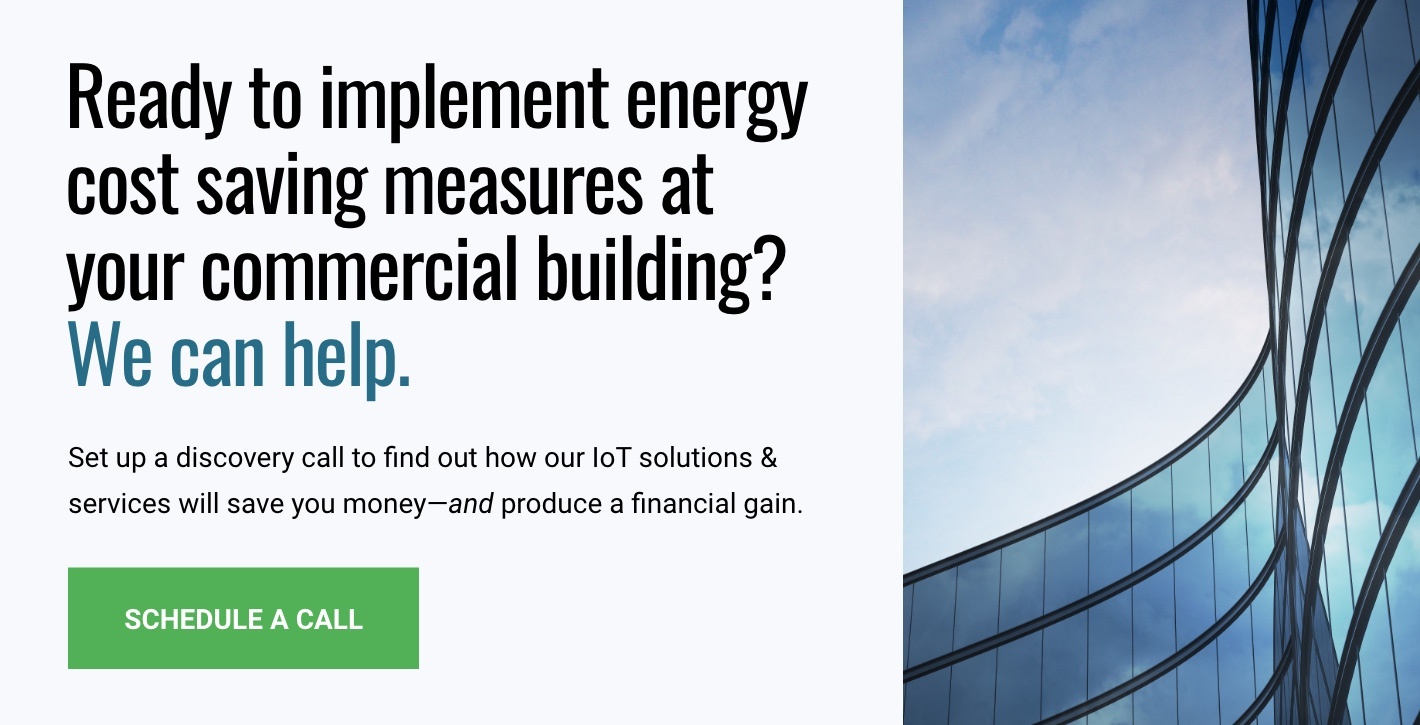The volume of data is exploding—it is estimated that by 2025, 463 exabytes of data will be created each day globally. (Forget about gigabytes—today, we’re talking exabytes, terabytes, and zettabytes!)
And “smart” buildings are active participants in the digital universe:
The installed base of sensors, actuators, modules, gateways, and other connected devices deployed as part of IoT (Internet of Things)-based building automation was an estimated 151 million units worldwide at the end of 2018; that number is expected to reach 483 million in 2022.
With so many building owners now looking for ways to conserve energy, reduce operational expenditures, and meet sustainability standards, it’s no wonder the reliance on IoT data is increasing. In fact, the sheer volume of data being generated is now a major driver of an exciting new IoT application: edge computing.
In this article, we’ll define edge computing and its role in the IoT, why it’s likely to generate huge growth for the IoT industry as a whole, and discuss some potential future use cases for facilities management.
Find out how the IoT can help you realize your goals as a building manager—schedule a discovery call with Iota today.
What is edge computing in relation to the IoT?
The term “edge computing” is a new concept that refers to the ability of some IoT devices to process and analyze data without having to send it to the cloud. Instead, processing happens at or near the source of the data (close to the “edge” of the network), whether it be within the IoT device itself or a local edge server located within the same building or elsewhere nearby.
That’s in contrast to a typical IoT cloud computing setup, where sensors gather information from the building environment and transfer it to an IoT gateway located nearby. That gateway aggregates the sensor data and uploads it to the cloud, where it is processed and analyzed.
In the future, it’s highly likely that building network infrastructure will include a combination of edge and cloud computing, with large-scale data processing and analytics happening in the cloud, and edge-enabled devices handling crucial, time-sensitive processing locally.
3 Major Edge Computing Benefits
Edge computing has several notable advantages over cloud computing:
It reduces processing time because the data doesn’t have to travel as far.
Distance and traffic volume impact the speed at which cloud computing can happen. It could take seconds to relay information via the cloud, while edge computing can happen in microseconds—time that can be valuable in certain situations (see below).
It offers improved functionality beyond cloud computing.
In particular, applications that require fast processing and response will benefit from edge computing.
- Driverless cars, for example, require the nearly instantaneous processing that edge computing can provide in order to make the necessary decisions for safe driving.
- Smart cities can utilize edge computing to reduce the amount of data being processed centrally, and improve the services they provide by reacting more quickly to problems.
- Even healthcare organizations can take advantage of local processing to deliver better care to residents in rural areas and recommend treatments in real-time to patients everywhere.
It reduces the cost associated with data processing.
As stated above, the amount of data being generated by smart buildings is expected to increase in the years ahead; as a result, the cost of processing will go up. With potentially hundreds of IoT devices in a building, it will be crucial to categorize and manage data more effectively. By utilizing both edge and cloud options, and sending only important information to the cloud, building owners can minimize the costs associated with information processing.
Similar to the way the mobile phone industry exploded after the introduction of smartphones (remember when all your cell phone could do was make a call?), the IoT industry is poised for rapid growth thanks to the development of edge computing. The convergence of increasingly affordable technology, advancements in machine learning, and enhanced functionality of edge computing will inevitably make IoT solutions more attractive, more accessible, and more valuable to a larger audience than ever before.
Applications Of Edge Computing For Facilities ManagementThanks to faster processing times, edge computing is likely to create some opportunities for building owners once it becomes mainstream. More operational decisions could be automated with smarter devices onsite. For example, today’s smart meters measure a building’s electricity consumption and send that data to the cloud for processing. Analysis of that data might indicate your building’s energy use patterns are driving up your demand charges—in other words, your maximum peak load is higher than it should be. Since your power requirements are measured in 15-minute increments, time is of the essence. With edge computing, smart meters could process information onsite, making quick decisions to alter energy use and avoid spikes in consumption. These advanced IoT devices could even analyze building data in conjunction with weather data. So if the temperature is higher than predicted on a certain day, it can automatically adjust the “on” times for AC unit compressors, turning them on earlier in the day, thereby leveling out energy consumption later. Edge computing could also be useful for facilities located in places where bandwidth is low or non-existent; it could also be used to improve response times in predictive maintenance applications. |
Take Advantage Of IoT Devices Now
Edge computing will play an important role in the IoT in the future, but don’t wait—start taking advantage of IoT smart sensors now. At Iota, we specialize in helping commercial buildings of all sizes to optimize building operations with technology. Set up a discovery call with us to talk about the unique needs of your facility, and we’ll explain how partnering with us can result in substantial financial savings. Get in touch today.


